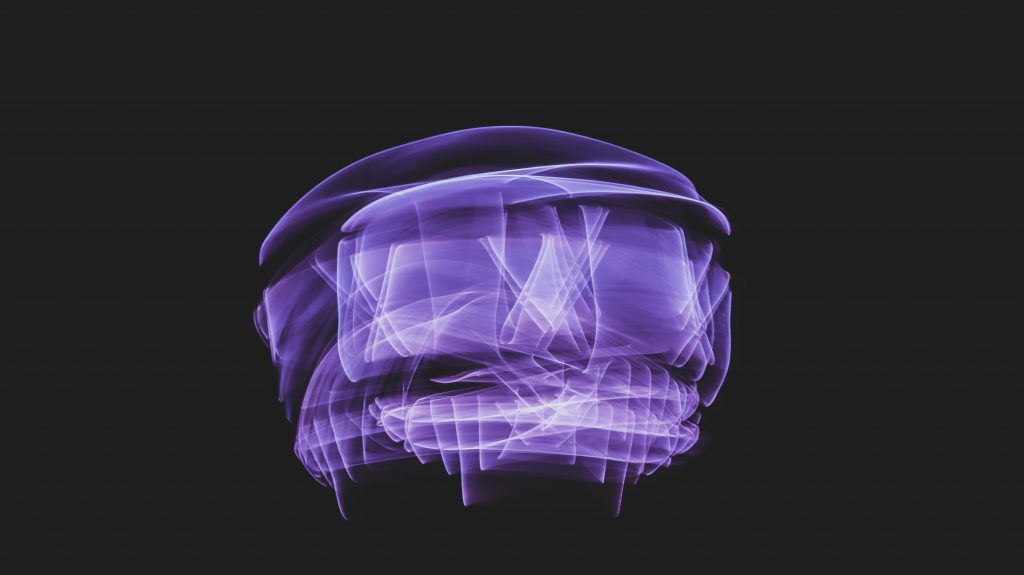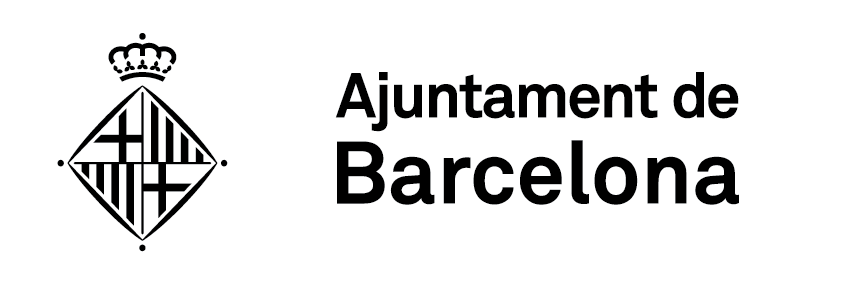In 2020, we made progress on understanding the health effects of exposure to medical radiation early in life. On one hand, we finalised the analysis of risk of haematological malignancies following paediatric CT scans in Europe (EPI-CT and MEDIRAD projects). On the other hand, we started fieldwork in the European HARMONIC project, with the aim of building a European registry of paediatric cancer patients treated with modern radiotherapy techniques.
Regarding radiation accidents, we finalised the SHAMISEN SINGS project which, in collaboration with stakeholders and citizen scientists, assessed the needs of the general public and other actors for surveying radiation doses and health indicators in the aftermath of a nuclear accident, and established app guidelines for these purposes.

We published a special issue on lessons learnt from past nuclear accidents and recommendations for preparation, response and health surveillance (SHAMISEN project) in a special issue of Environment International (1), and we adapted the recommendations to the COVID-19 situation, in the form of a Policy Brief (2).
With regard to non-ionising radiation, we published novel findings on exposure to radiofrequency electromagnetic fields (2) and its association with changes in brain morphology, cognitive function, and sleep (3,4). We also finalised the analysis of the MOBI-Kids study, which will soon be published.
We validated a framework allowing us to assess personal exposure to ultraviolet radiation with proper precision. This modelling framework was applied in the context of the large Europe-wide ECRHS cohort to estimate long-term exposure of the participants and conduct novel studies on health.
-
Schneider T et al. Environ Int.
-
COVID-19 : what can past nuclear accidents teach us?
-
Liorni I et al. Radiat Prot Dosimetry.
-
Cabré-Riera A et al. Env Int.
-
Cabré-Riera A et al. Int J Hyg Environ Health.













